
It’s Raining Again!
Spring Showers
It’s starting to feel like spring at last, with slightly warmer weather we’re also getting a lot of ‘April showers’. Actually the last month has been a lot wetter than usual, the Berkshire area has seen 160% of the months average rainfall, which in turn has led to a much higher flow rate for our rivers. Whilst most of them haven’t yet burst their banks this sort of weather can be a hazard for everyone, especially new drivers who might not have driven in these conditions before. So what do we need to be aware of when driving in heavy rain, or flood conditions?
Heavy Rain
If you are driving in a sudden storm you should first put your lights on, it is important to be visible at all times. If conditions are really bad you might want to use your fog lights, but make sure you turn them off as soon as visibility improves. Next you should slow down and leave a larger gap between yourself and the car in front. Your stopping distance may be larger in very wet conditions, and you want to give yourself time to see their break lights and stop. You will also need to put the de-misters on, it may help if you turn the heat onto high and turn the air-con on. The air con will dry the air blown out of the vents, so your car doesn’t mist up.
Be aware of pedestrians as well, don’t drive too fast through deep puddles as you can soak anyone walking on the pavement. You might think this is fun, but you could be fined or get points on your licence, and you wouldn’t appreciate it if you were the pedestrian!
If you’re driving and the steering suddenly feels very light you need to be aware you are aquaplaning. Don’t panic, just ease off the accelerator and allow the car to slow down gradually. Don’t make any sudden changes in speed or direction until the car feels like it is back to normal again.

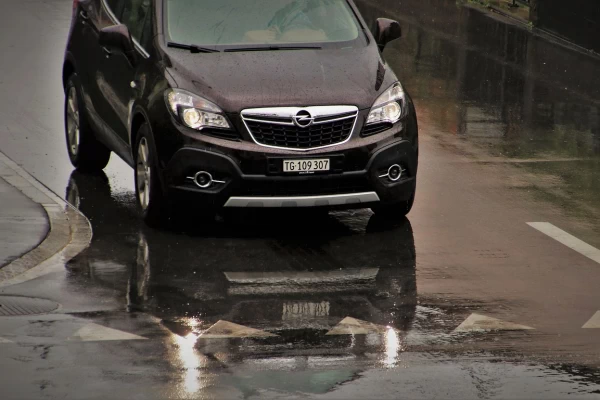
Floods
If you have to drive through a flood be very careful. The first thing to check is if it’s standing water or flowing (a ford for example). If water is flowing very fast it can move your car – it doesn’t take much depth to get a driver into real difficulties, just 30cm of fast flowing water can move a car, and 60cm of standing water will float a car.
You need to stop before attempting to drive through a flood to assess the situation. Think about how deep the water is, and if it’s flowing. You also need to think if there could be other hazards that you can’t see, such as open manhole covers – if the water is moving strangely it may have pushed a drain up and there could be a hole you can’t see. Fords can be extremely dangerous, take a look at any measuring poles and signs that will help you to decide if it’s safe. If you are in any doubt turn the car around and find another way.
Take Care
If you decide to proceed drive very slowly and steadily in water so you don’t make a bow wave. When you get out of the water you need to continue to drive slowly until you have had a chance to check that your breaks work.
If you drive in water that is too deep you will find your car will break down – it only takes a very small amount of water sucked into the engine to break it. This is a very expensive mistake, and one of the reasons it’s better to turn around if you’re unsure. Of course the main reason for not entering water is your own safety. A third of flood related deaths are in vehicles, and two-thirds of people that die in floods are good swimmers, you don’t want to add to those statistics!
In this country we’re used to a bit of rain, and with a bit of care and attention it will never cause us a problem when we’re on the road.

At Always Pass we like to teach people to be confident drivers that includes driving with caution when the weather turns nasty. If you’d like to learn to drive (so you can keep out of the rain!) get in touch.
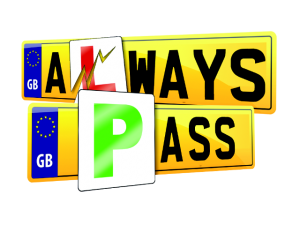



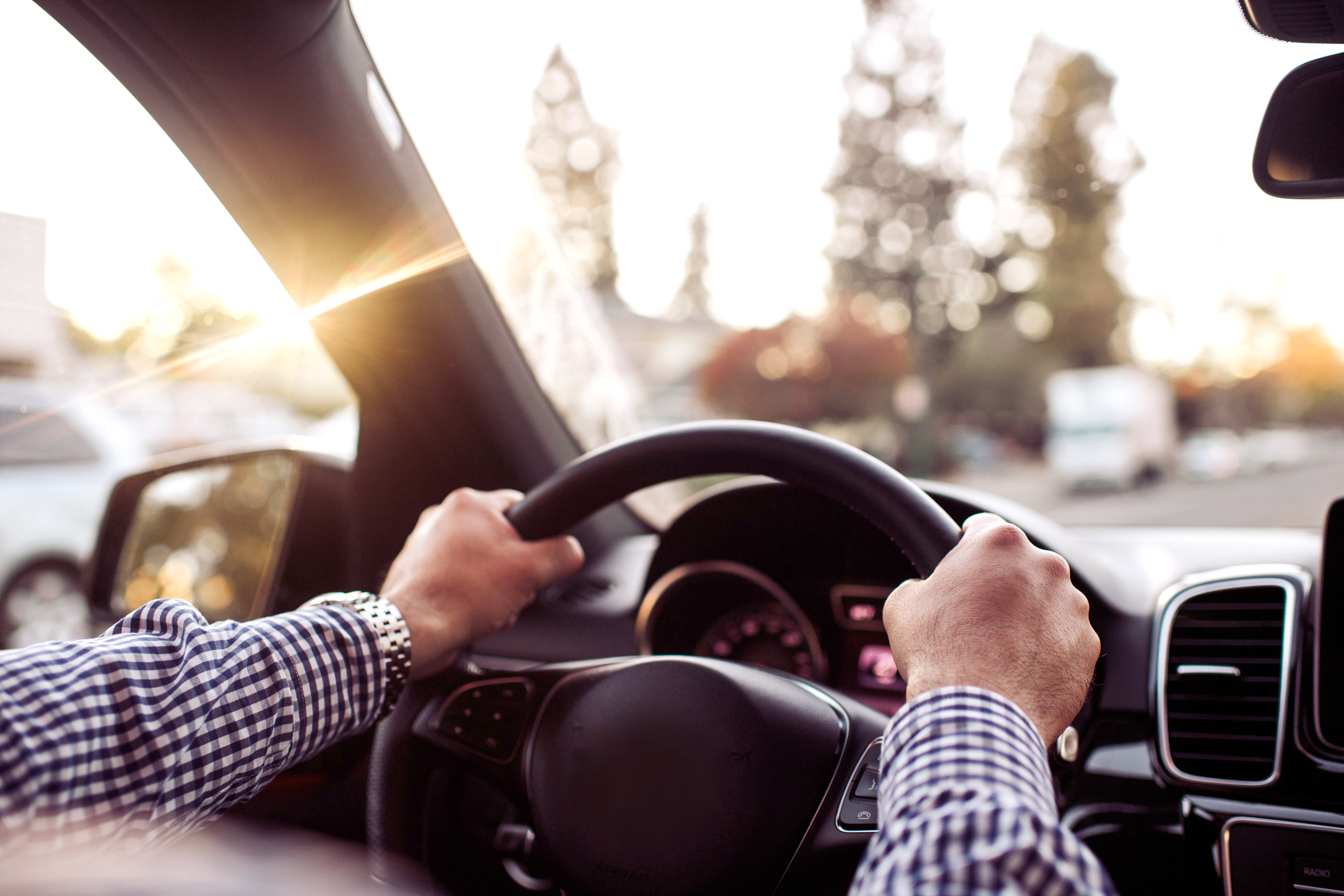

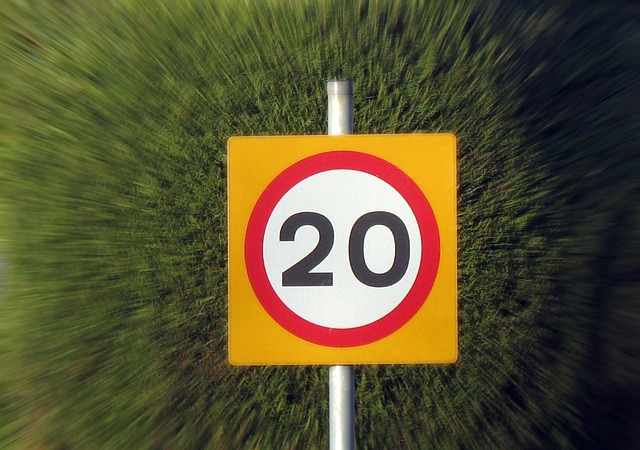


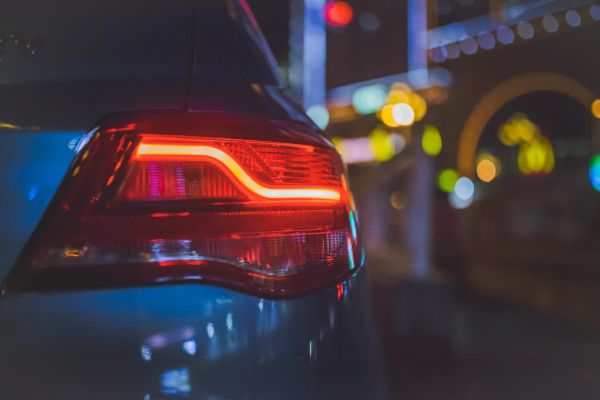
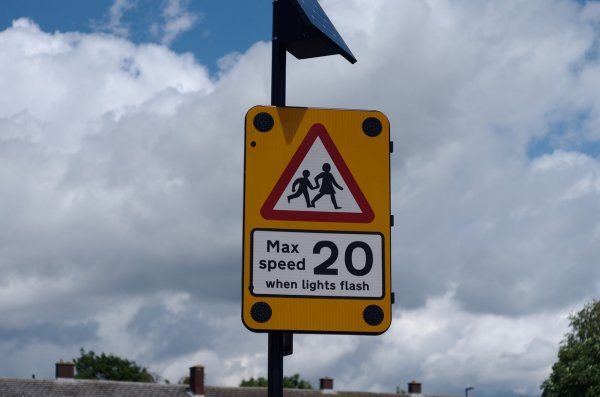

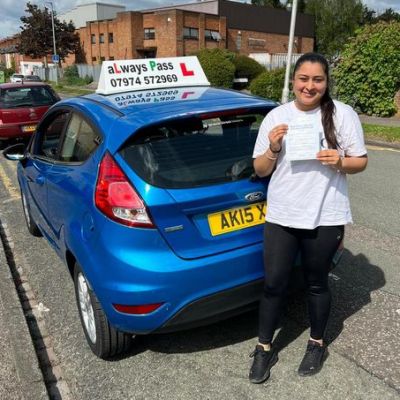
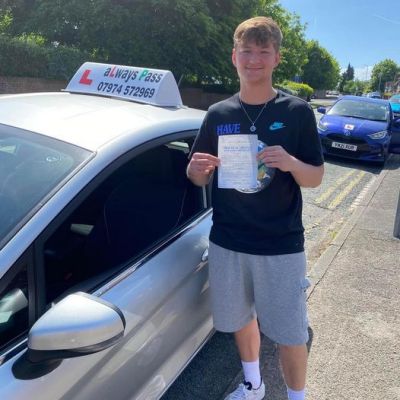

Recent Comments